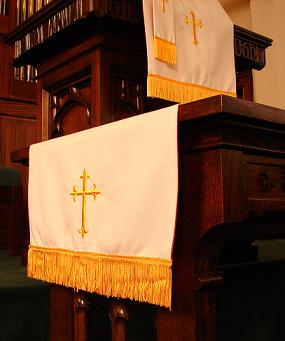EPIPHANY:
CHRIST REVEALED

RETURN TO DAYS & SEASONS (When We Worship)
EPIPHANY:
CHRIST REVEALED

 Copyright © 2011-2014 First Presbyterian Church, Richmond, KY. All rights reserved.
Copyright © 2011-2014 First Presbyterian Church, Richmond, KY. All rights reserved.Website design and hosting by Hilltop
Server: d05s03